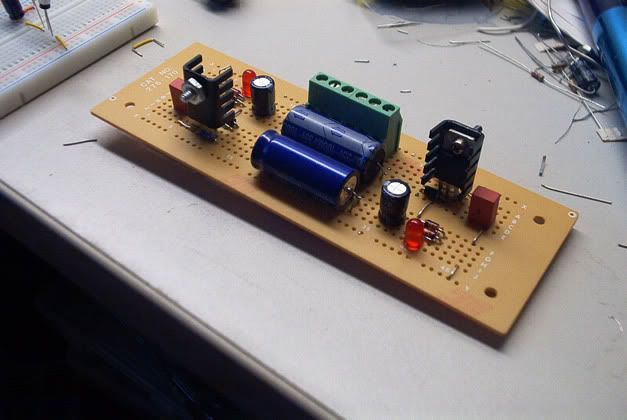Somnium7
Noise Criminal
PSU Completed
I hate this power supply! I never want to see the inside of it again
It is working now ...and better than it ever did before I might add.
Check out the new regulator core PCB

See the album for the entire story...
http://s108.photobucket.com/albums/n13/somnium7/gear/PSU/?albumview=grid
I still need to perform a few tests and take some measurements. Everything seems alright though. I can't wait to get back onto the audio stuff again!
I hate this power supply! I never want to see the inside of it again

It is working now ...and better than it ever did before I might add.
Check out the new regulator core PCB

See the album for the entire story...
http://s108.photobucket.com/albums/n13/somnium7/gear/PSU/?albumview=grid
I still need to perform a few tests and take some measurements. Everything seems alright though. I can't wait to get back onto the audio stuff again!


 I don't know, Doc... I don't think any of us have ever thought of solder fumes before.
I don't know, Doc... I don't think any of us have ever thought of solder fumes before. 






 . The second time around I was planing everything ahead, used computer to draw layout, then printed it out and followed the 'blueprint'.
. The second time around I was planing everything ahead, used computer to draw layout, then printed it out and followed the 'blueprint'.